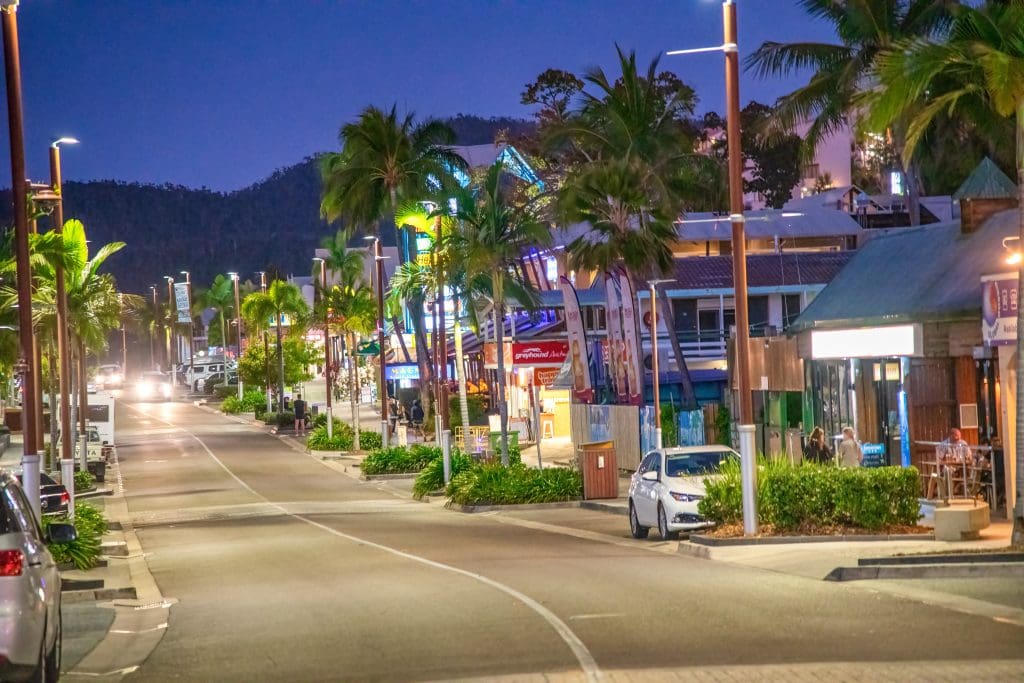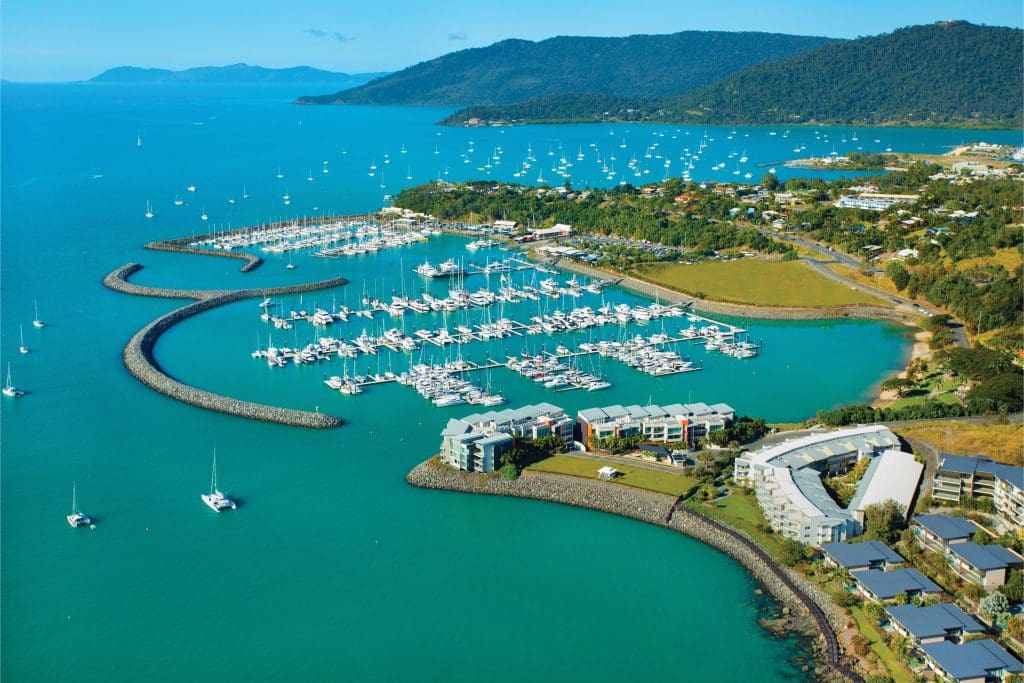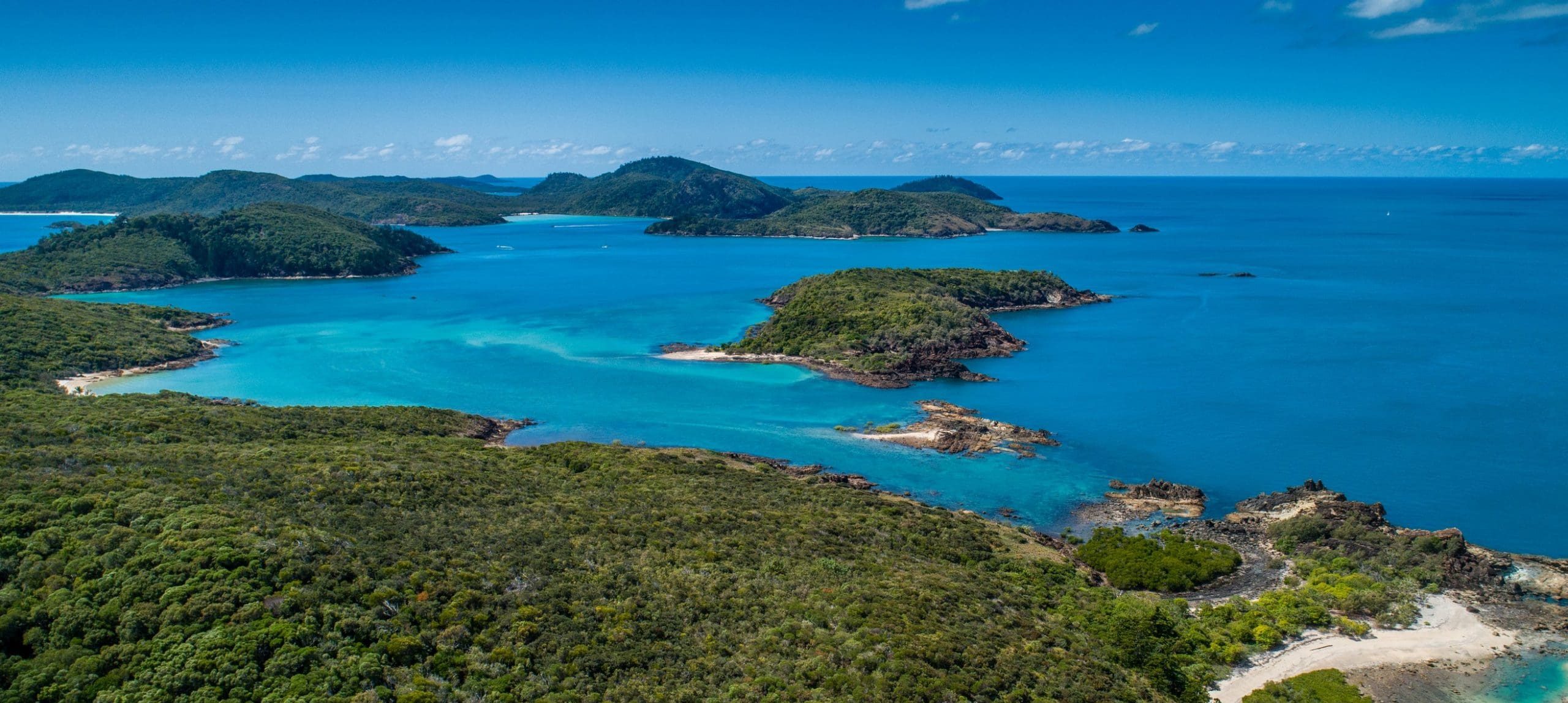
About 65 million years ago, Australia began to detatch itself from Antartica and move in a northerly direction, colliding with another basaltic crustal rock or ‘plate’. The movement of the plates against each other caused them to heat and become viscous and began to rise towards the surface breaking through causing volcanoes and lava to flow.
Volcanic Origins
The Whitsunday Islands were born from explosive volcanic eruptions that sent rock and ash into the sky, raining down on the surrounding landscape. Over time, layers of volcanic debris accumulated, forming solid bedrock and creating the mountainous terrain now part of mainland Australia.
Following the last glacial period, rising sea levels flooded the continental shelf, leaving behind the higher peaks of volcanic activity. This process separated them from mainland Australia, creating the 74 islands that make up the Whitsundays today.
Traditional Land Owners: The Ngaro People
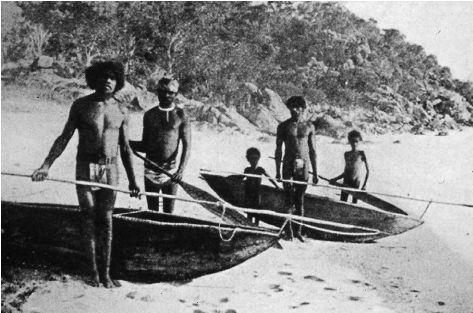
The Whitsundays are the traditional homeland of the Ngaro Aboriginal people, known as the ‘Canoe People’. Archaeological evidence shows the Ngaro have lived in the region for at least 9,000 years. Artifacts such as stone axes and tools found on South Molle Island and rock art at Nara Inlet on Hook Island provide insight into their long-standing connection to the land. Discarded shells and bones in caves on Hook Island also reveal that these caves have been used by the Ngaro for over 2,500 years.
The Ngaro people continue to welcome visitors to enjoy their ancestral homeland. The Ngaro Sea Trail, developed by Ngaro descendants in partnership with the Department of Environment, Science and Innovation, offers a unique experience combining seaways and walking trails for all to enjoy.
European Discovery
On June 3, 1770, Captain James Cook navigated the waters between Whitsunday and Hook Islands, and to the east of Daydream and South Molle Islands, during the Christian festival of Pentecost. He named the body of water ‘Whitsunday Passage,’ mistakenly believing the date to be Sunday. In reality, due to the absence of the international date line at the time, the official discovery occurred on a Monday.
Cook named the islands after the Duke of Cumberland, calling them the Cumberland Isles. Today, the 74 islands are commonly referred to as the “Whitsundays” and are divided into several groups, including the Whitsunday Islands, Lindeman Group, Sir James Smith Group, and the Anchor Islands Group.
Early Settlement and Development
By 1883, grazing leases became available on the islands, with sheep, cattle, and tropical fruit flourishing. Steamers began delivering supplies to the islands, while wool, cattle, and horses were shipped out for market. Visitors, including friends and family of farmers, arrived by small boats from Airlie Beach, which was connected to Proserpine by rail.
By the 1930s, interest in the Whitsundays shifted from pastoral use to recreation. Farmers constructed simple galvanized huts with palm-thatched roofs, charging one pound per day, which included scones and fresh tropical fruit from South Molle Island. Day-trippers from the mainland began visiting Daydream, Long, and South Molle Islands, further fueling interest in the region.
Recognizing the potential for tourism, the government transitioned the islands from Special Purpose Leases to National Parks. As grazing leases expired, many islands were gazetted as National Parks, and today, there are no grazing leases on the islands. Over time, the simple huts evolved into resorts, which have changed hands several times to become the luxurious accommodations that exist today.
Tourism Today
Today, the Whitsundays has evolved into one of Australia’s premier holiday destinations, attracting millions of visitors each year from around the world. The region now boasts a wide array of world-class resorts, luxury yachts, and modern accommodation options, offering everything from intimate beachfront retreats to high-end luxury stays.
Known for its stunning beaches, vibrant coral reefs, and the world-famous Great Barrier Reef, the Whitsundays caters to all kinds of travelers, from adventure seekers and nature lovers to those seeking a relaxing tropical getaway. The area has become a hub for water-based activities, including sailing, snorkeling, scuba diving, and island-hopping, while maintaining its natural beauty and charm. The Whitsundays’ seamless blend of luxury, adventure, and natural wonder continues to make it a must-visit destination.
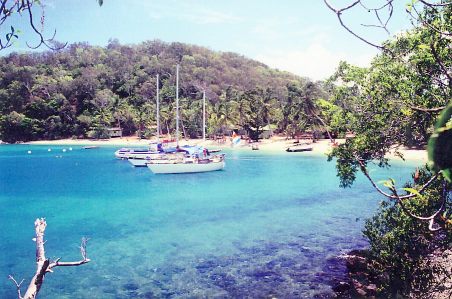
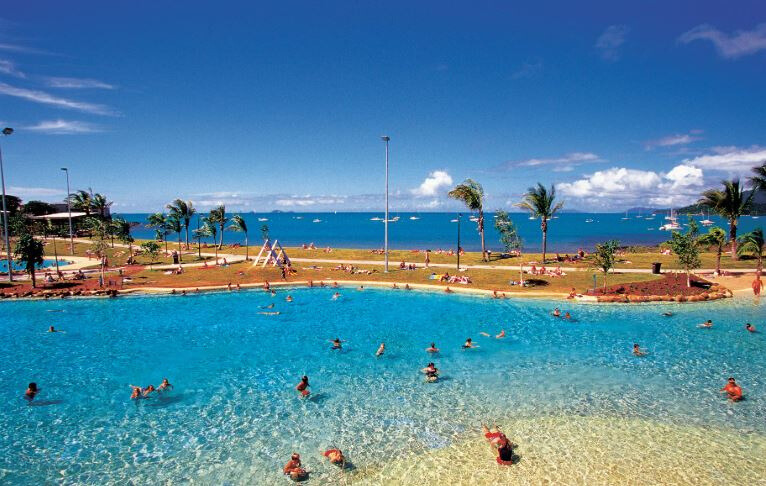
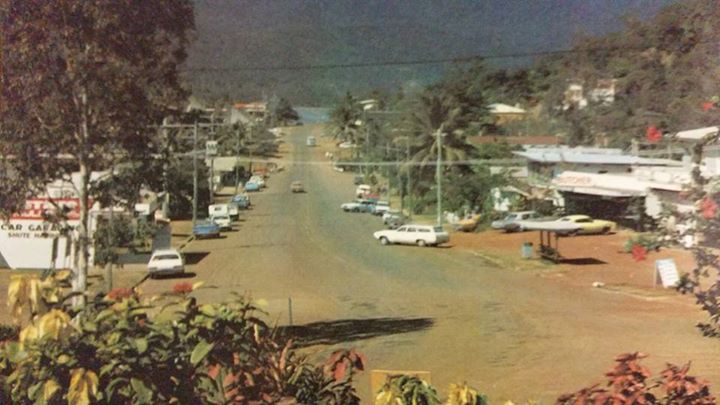
circa 1970’s
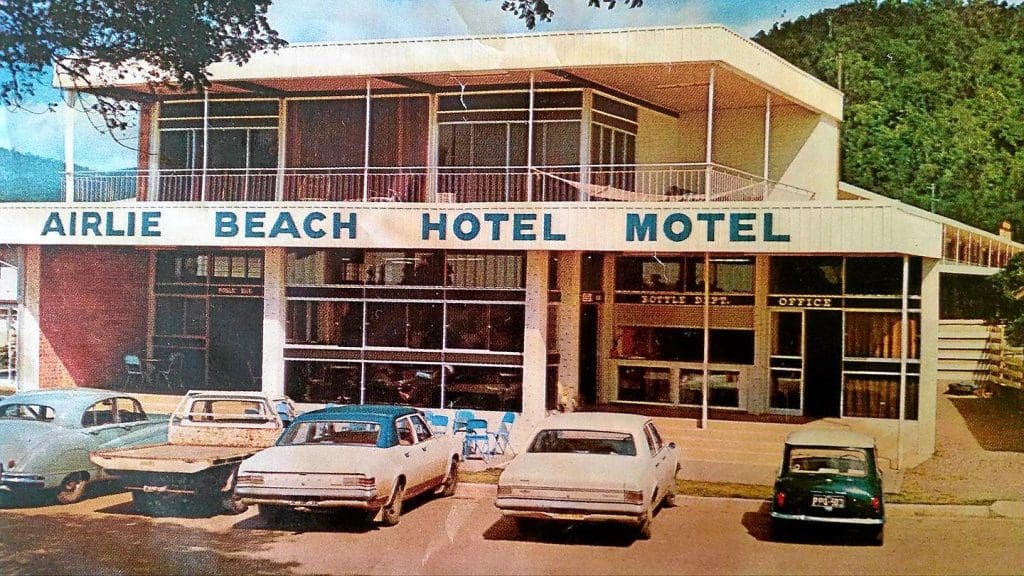
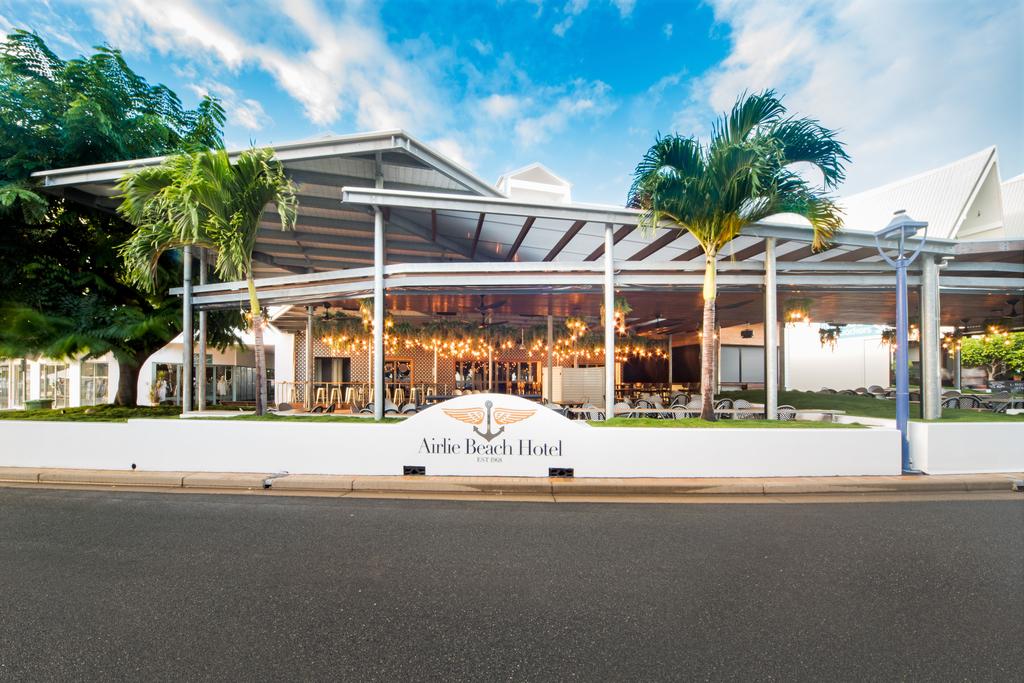
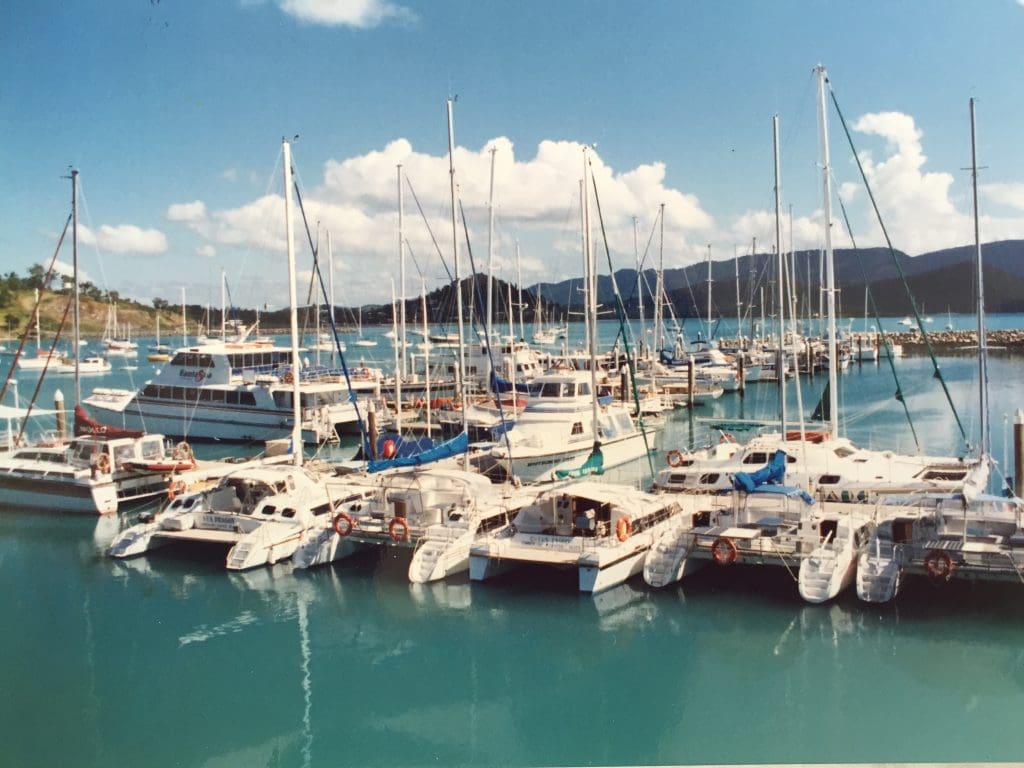
Abel Point Marina (now Coral Sea Marina)
